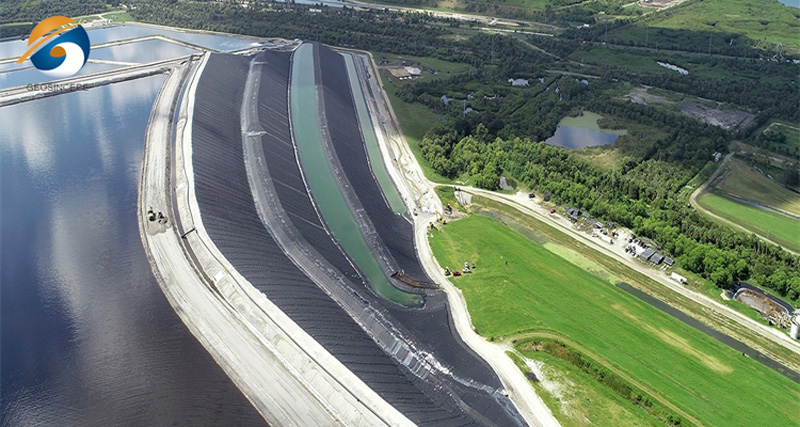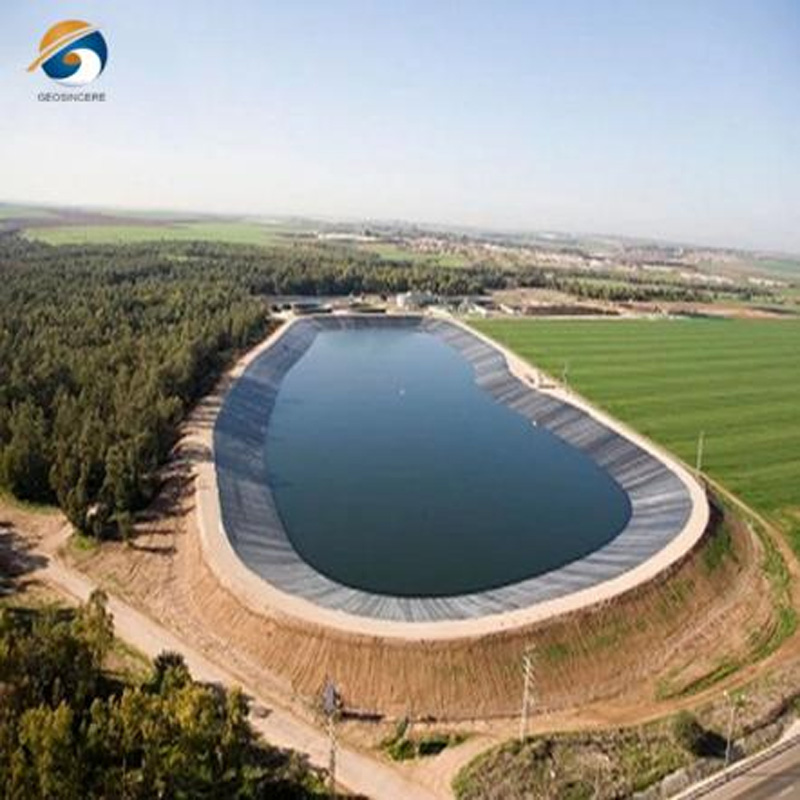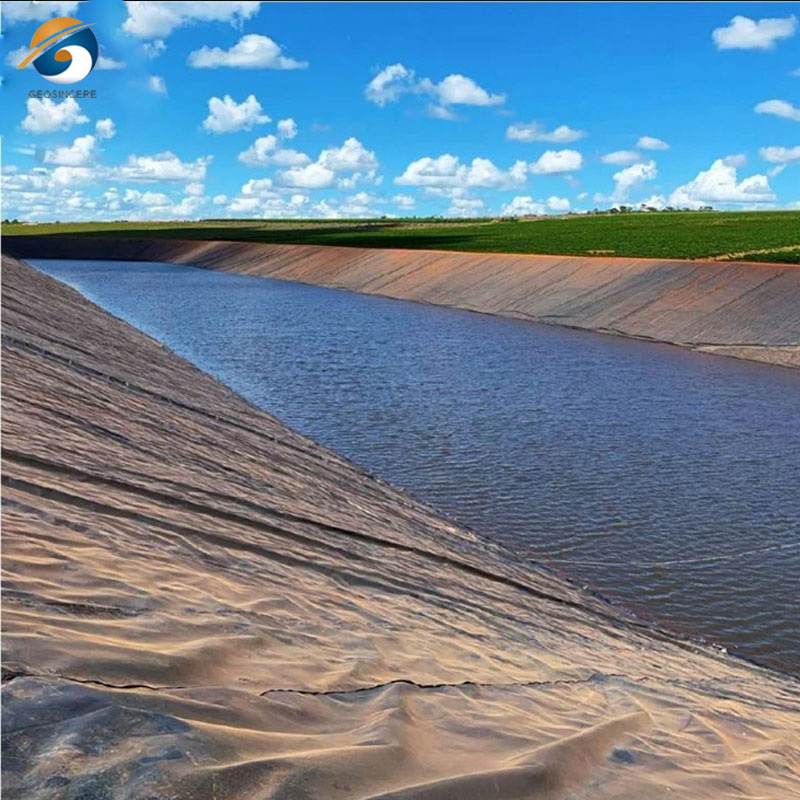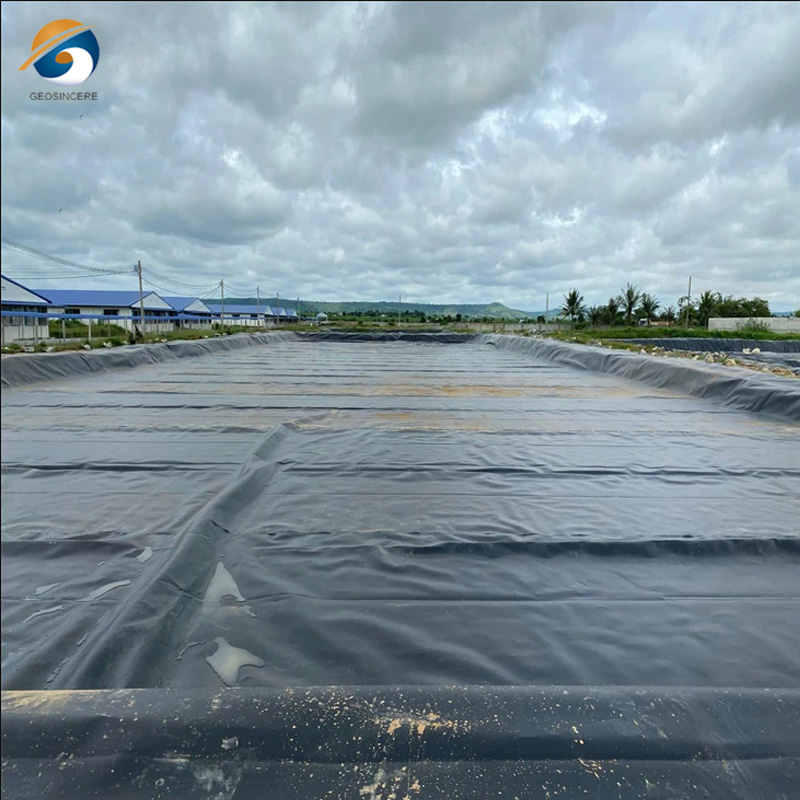Water Conservancy
Geosynthetics play a crucial role in water conservancy projects, which involve the management, control, and distribution of water resources. Geosynthetics offer benefits such as erosion control, water containment, and improved water resource management.These are some of the applications of geosynthetics in water conservancy projects.
Dams and Reservoirs: Geosynthetics are used in the construction of dams and reservoirs to enhance their performance and longevity. Geomembranes are employed as impermeable liners to prevent seepage and leakage of water. Geotextiles and geogrids are used for erosion control, filtration, and soil reinforcement in dam embankments and slopes.
Canals and Channels: Geosynthetics find applications in the construction and maintenance of canals and channels. Geotextiles can be used as separation and filtration layers, preventing the mixing of different soil layers and facilitating efficient water flow. Geomembranes are employed as liners in irrigation canals to reduce water loss through seepage.
River Bank Protection: Geosynthetics are used for river bank protection and erosion control. Geotextiles, geocells, and geogrids can be used to stabilize river banks, prevent soil erosion, and protect against scouring. These materials facilitate vegetation growth and provide long-term erosion control solutions.
Irrigation Systems: Geosynthetics are used in irrigation systems to enhance water distribution and efficiency. They can be employed as filtration and drainage materials, preventing clogging of irrigation pipes and promoting uniform water distribution across agricultural fields.






